Seeing the ESC light suddenly illuminates or blinks.
And you are wondering:
- What does the ESC light mean?
- Is it safe to drive with this flash?
- What should you do next?
Don’t worry!
In this article, I will cover everything you need to know about the ESC light.
Let’s get rolling!
What Is Electronic Stability Control?
Electronic Stability Control (ESC), also known as Vehicle Dynamic Control (VDC), Dynamic Stability Control (DSC), Electronic Stability Program (ESP), Vehicle Stability Control (VSC), or Vehicle Stability Assist (VSA), is an advanced technology that helps control your car on slippery terrain.
The ESC system works harmoniously with the traction control system to stabilize your car.
It gets activated upon sensing the loss of road traction and automatically applies brakes to the individual wheels, thereby reducing the speed and improving the stability to prevent any possible accidents.
ESC has been mandatory in new cars in Canada, the US, and the European Union since 2011, 2012, and 2014, respectively.
What Does ESC Light Mean?
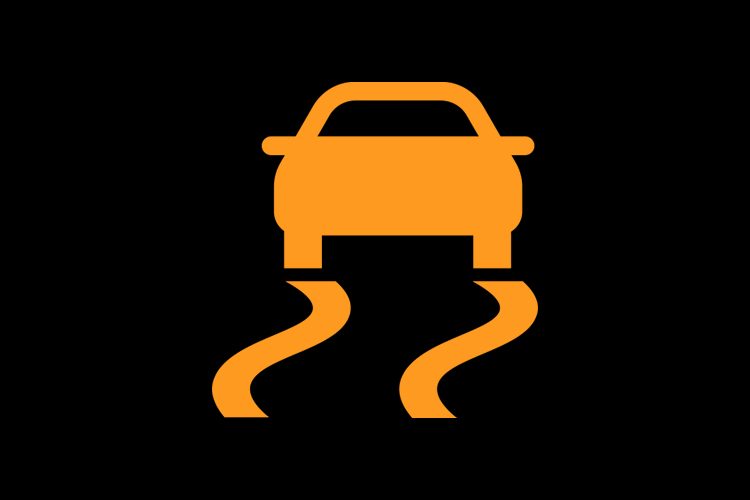
When you start your car, the ESC system runs a trial to check the traction control, triggering the ESC light to illuminate for about three seconds. Then, it automatically goes off.
If the ESC light blinks while driving, it indicates the ESC system activates. The flash alerts the driver that the road surface is slippery and the vehicle is nearing its traction limits.
In case you drive in normal conditions, but the light stays on, it informs you the system is malfunctioning. It’s time to have your car inspected as soon as possible.
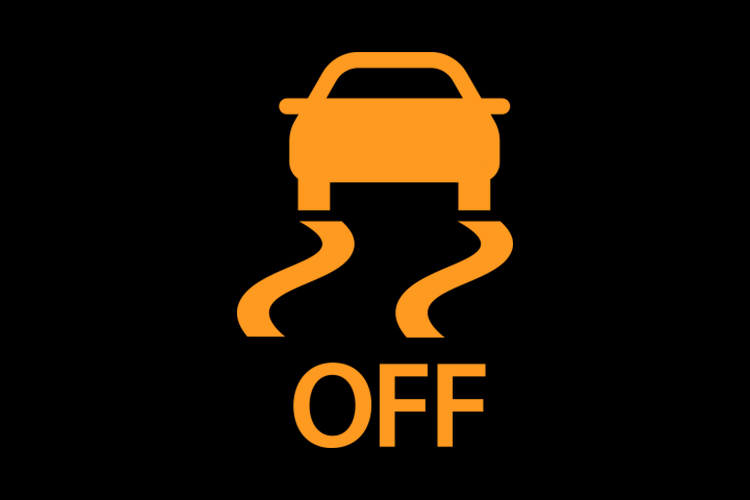
You might confuse the meaning of the ESC symbol with the “OFF” written underneath, right?
This light illuminates when you deactivate the ESC system by pressing the ESC OFF button.
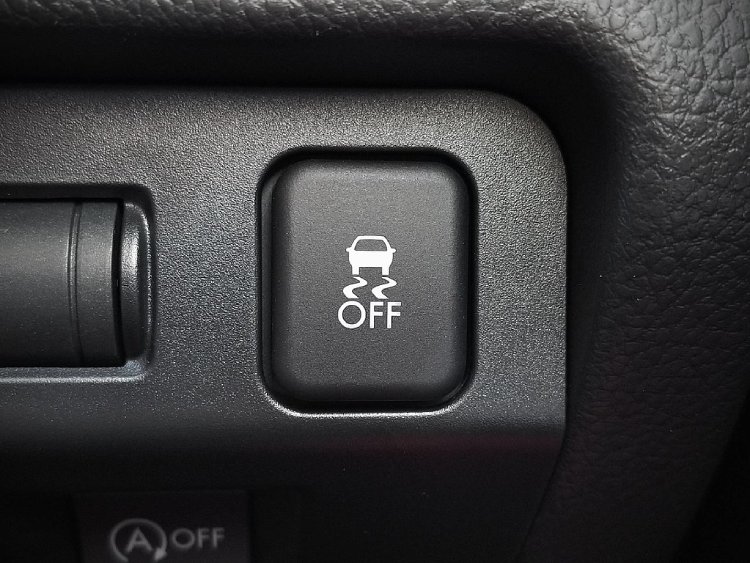
Is It Safe to Drive With the ESC Light On?
No. However, the illumination of this light does not always mean your car has a problem. It is normal for the ESC (Electronic Stability Control) light to come on while skidding or driving on slippery pavements, so there is no need to be concerned.
But it stays lit while driving on a straight and solid road. This is an unsafe situation. Driving with this light might put you in danger. Because your car may “roll over” or “spin around” regardless of how carefully you drive. And the stability control system would not help you! In this case, you should get your vehicle inspected by a professional as soon as possible.
What Would Cause the ESC Light to Come On?
As ESC is a computerized technology, finding exactly what triggers the ESC light is tricky. Using a scan tool is the best way to identify the cause ( I will get to it in the next part). But here are the three common reasons why your ESC light may come on.
Faulty Wheel Sensor

Each wheel has sensors that monitor the tires and notifies the stability control system in case any loss of traction occurs. The ESC then reads the sensor signals and adjusts the brakes accordingly.
However, these sensors can sometimes get dirt-covered and give errant readings. At other times, they may fail to detect the road’s condition. When this happens, the system turns on the ESC light to inform drivers.
Malfunctioning Steering Angle Sensor
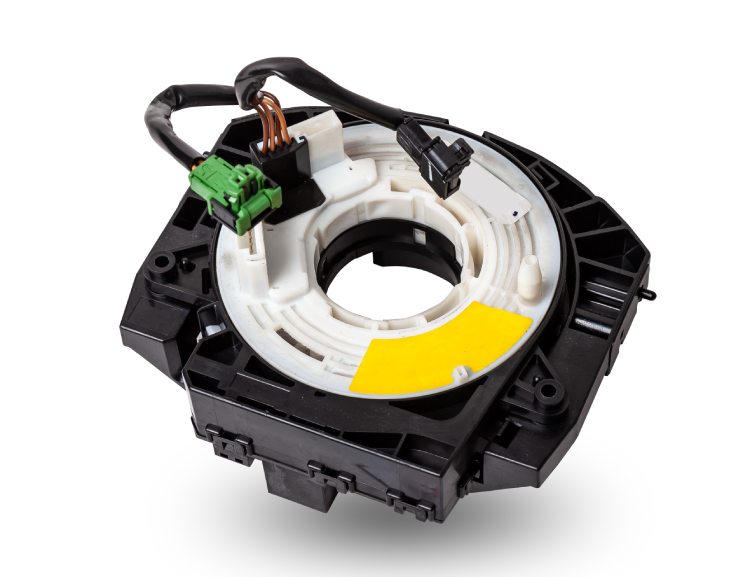
The steering angle sensor works with the speed sensor to ensure that the vehicle’s wheels turn in the same direction as its steering. It also provides information about how fast the steering wheel is being turned.
A misaligned, faulty, or damaged steering angle sensor would fail to send the data to the ESC. As a result, the stability control system would fail, and the ESC light would come on.
Wiring Issues
Similar to a faulty sensor, issues with the electrical wiring can also trigger the ESC light.
The wiring handles data transmission from the sensors to the ECS system. And if these wires are faulty, damaged, or broken, the system will not receive data, and the ESC light will turn on.
How to Reset the ESC Light

Step 1: Use an OBD2 scanner to read the trouble codes
Plug the scanner into the OBD2 port under the dashboard and enter your vehicle’s data.
Switch the ignition of your car to the ON position.
Next, press the “Read” button on the scanner to read the Diagnostic Trouble Codes (DTCs).
Use the DTC Lookup Library on the scanner or the OBD2 Codes Lookup Tool to find out the trouble codes’ meaning. In these libraries, you will find the meaning, causes, symptoms, and fixes for the codes you have.
Step 2: Repair the broken or malfunctioning parts
At this point, you can either let a professional replace or repair the defective parts or do some research on your own to find out if it is something you can do yourself.
Step 3: Clear the trouble codes
Once your vehicle is fixed, the ESC light will go away after driving it for a little while. However, if you want to remove it immediately, you can use your OBD2 scanner to take care of that.
Go to the main menu and select the “Clear codes” function. Soon, the light will turn off, and you will be back on track quickly!
Note: Besides resetting by the scanner, many manufacturers have different methods to reset the ESC light. So, check the manual before going ahead and following these steps.
What’s Next?
The ESC system is one of your vehicle’s most important safety features. Likewise, the role of the ESC light is to notify the driver about problems in this system and to protect you and your vehicle from any severe accidents.
Finding the exact reason behind a flashing ESC light is tricky. Therefore, it is always better to keep a scan tool by your side to identify the cause and reset the ESC light immediately.
Not sure about which scan tool to buy? Don’t worry! Here is my detailed review of the best OBD2 scanners to kickstart your hunt.
Until then, drive safe, everyone!
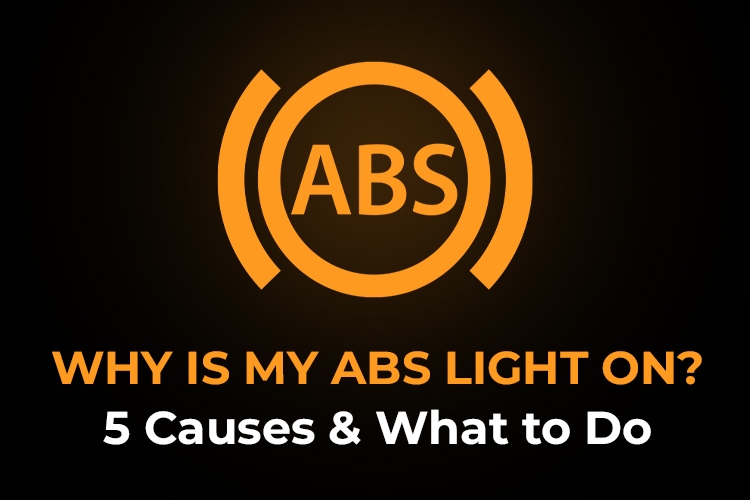
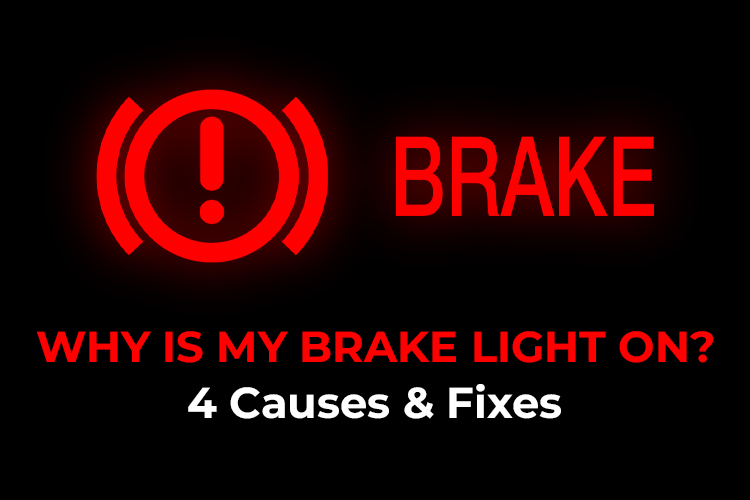
Recommended for you
Triangle with Exclamation Point: What Does It Mean?
Behind the Traction Control Light: Meaning, Causes, & Fixes
Service StabiliTrak: What You Need to Know